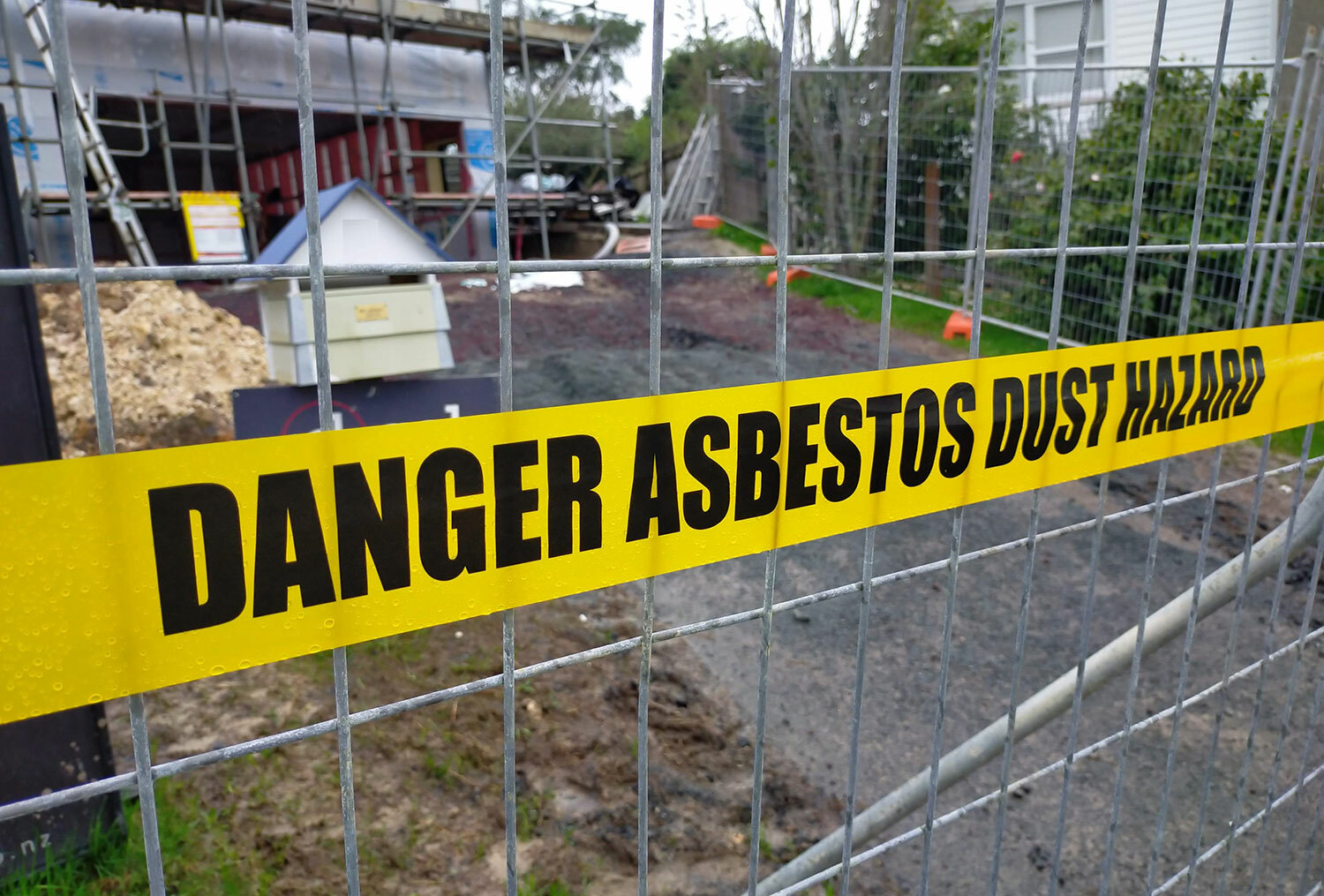
Do you have asbestos in your home? Planning a renovation? Are you a builder working on a building built before 2000? Maybe, you are a property developer looking to demolish a home to build on the land? You must consider the asbestos risks for these types of projects before you start. Below is a summary of the process when dealing with asbestos.
The first step in any project is identifying the risk hazards that may be present. Like any risk assessment, knowing where the hazard is located and clearly identifying it before work starts is crucial. After all, you wouldn’t cut through a power cable without first checking if the power is turned off! The same applies with asbestos. All asbestos materials must be located before work starts.
Engage a reputable asbestos surveying company to complete a thorough survey of the area you plan to work on. This survey’s purpose is to identify asbestos materials through sampling and laboratory analysis. The results of the survey will determine the next step of your project.
Samples should be collected and sent to an independent laboratory for testing during the survey. Having samples analysed at a laboratory is the only way to categorically determine if the material contains asbestos or not.
By presuming a material to contain asbestos will only add cost and potential risks to your project. After all, why spend potentially thousands of dollars removing a material as asbestos if you do not know for certain if it is actually asbestos or not.
If no asbestos was identified in the asbestos survey in step one, this step does not apply. You are good to continue your project.
However, if asbestos was identified and the asbestos materials pose a risk of being disturbed during the future works, it must be removed by a suitably qualified person. The type of asbestos identified will decide which type of licence the removal contractor will require to be able to remove the material.
Should friable asbestos materials be found in the survey, an asbestos removal contractor with a class A licence must be engaged to complete the removal. This is regardless of the extent of the friable materials found. During friable asbestos removal, air monitoring must be carried out by a licensed asbestos assessor before, during and after the asbestos removal process. This is to ensure control measures implemented by the removal contractor remain effective throughout the process.
Should non-friable asbestos materials be found an asbestos removal contractor with a class B licence must be engaged to complete the removal. Non-friable asbestos materials which are 10m2 or less may be removed by a person deemed competent.
A competent person must understand the dangers of asbestos, and show they have the knowledge in how to handle and dispose of the waste properly.
The 10m2 rule is cumulative over the entire project. This means you are not permitted to remove 5m2 this week, 4m2 the next week and 7m2 the following week, and so on. It is 10m2 or less for the whole project.
Extreme caution should be taken if you plan to engage a person who is non-licensed as they are still handling a hazardous asbestos product regardless of the amount. Therefore, Hazard Management always recommends using a reputable, licensed asbestos removal contractor for any amount of non-friable, class B work.
After the removal has been completed, the area of work must be inspected to ensure all the materials within the scope of work have been removed and the area is safe for reoccupation. This is a requirement by law as per the Health and Safety at Work - Asbestos Regulations passed in 2016.
If friable asbestos materials were removed, a licensed asbestos assessor must carry out a 4 stage clearance inspection which includes a thorough visual inspection, air monitoring and surface dust sampling. The licensed asbestos assessor must be independent from the removal contractor and be engaged directly by you.
If more than 10m2 of non-friable material were removed, a visual inspection of the work area must be completed. This needs to be completed by an independent competent person. However, like the step 2 - the removal process, caution should be made to ensure the person is competent.
Engage a licensed asbestos assessor.
A clearance inspection is not a requirement should 10m2 or less of non-friable asbestos be removed, but may still be carried out to err on the side of caution. Once the clearance inspection has been completed, a clearance report, also known as a certificate of reoccupation, is issued declaring the area safe from asbestos exposure.
By following these steps, your project should run smoothly and be free of any asbestos problems along the way. This means your project remains on time, on budget, and more importantly free from the dangers of asbestos.